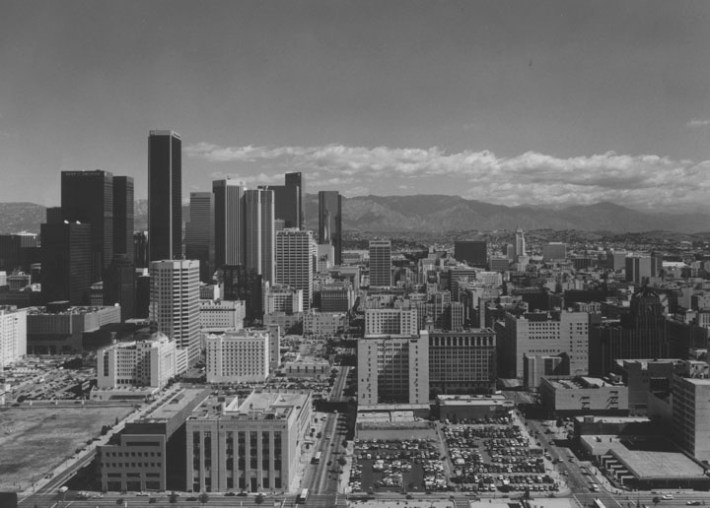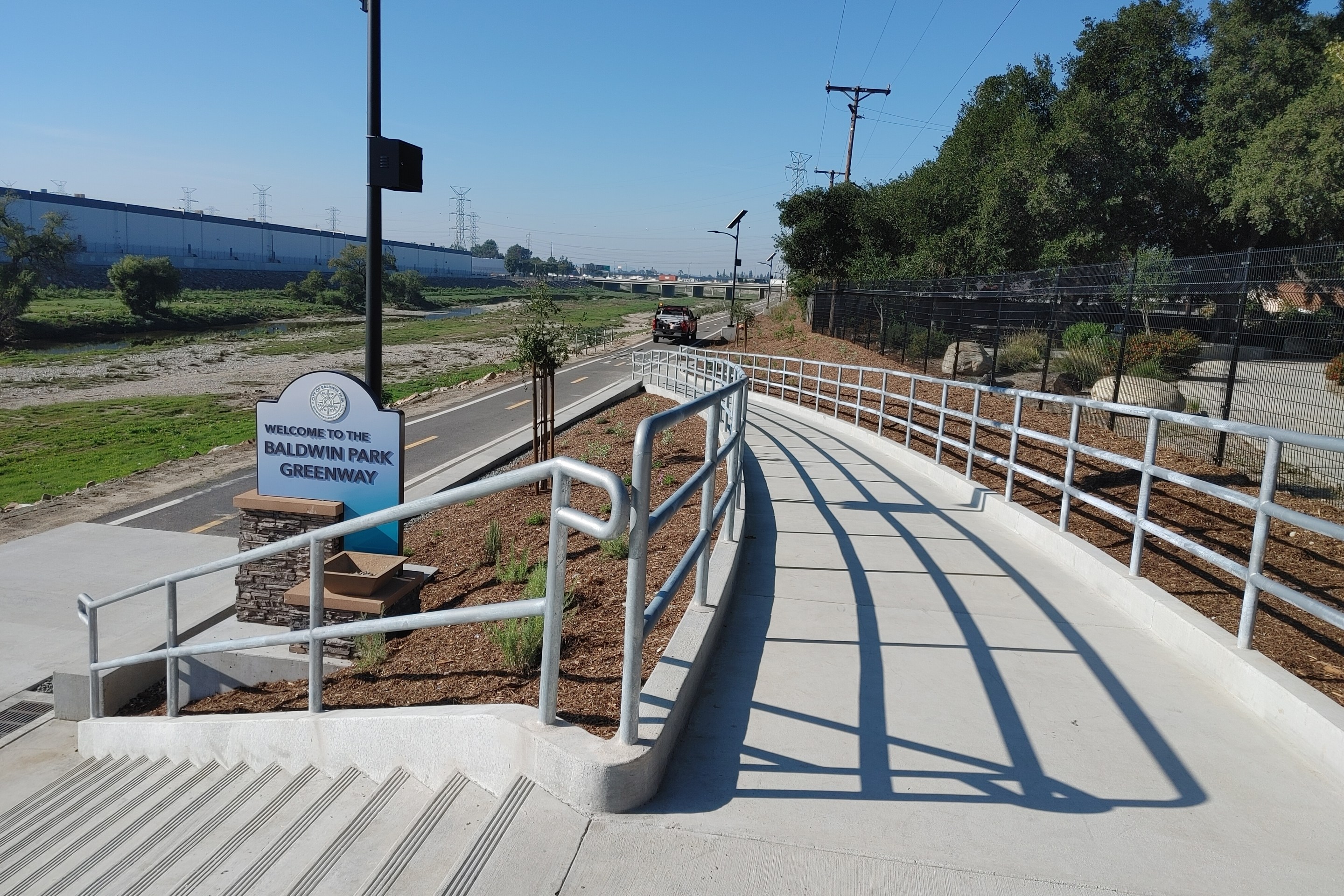Planners who traveled to Los Angeles over the past four days to attend the American Planning Association’s National Planning Conference were greeted by a very different L.A. than the one they visited at the last APA conference in L.A. over 25 years ago.
Walking up to the Convention Center from the east, attendees crossed the Metro Blue Line tracks and saw the Pico Station that will very soon carry Expo Line passengers to Culver City. Walking up from the north, attendees passed through L.A. Live, this weekend bustling with Kings, Lakers, and even some Dodgers fans. The Downtown L.A. they saw had buses, green bike lanes, and miles of street closed to cars on Sunday for Ciclavia.
One presenter said it best: “Everything is happening in L.A. right now—it’s an exciting time to be here.” Indeed, the name of the conference was “Reimagine L.A.”
The opening keynote was given by climate change scientist Andrew Weaver, who went over the scientific proof for global warming and framed the issue as one of “intergenerational equity.” “Do we owe anything to future generations?” he asked. As an answer, he charged the conference’s 5,000 attendees with thinking about and preparing for the future in their plans.
The conference featured sessions about all aspects of planning. One about the “Health Impacts of Transportation” brought the issue of global warming and pollution home to L.A. “The air quality in L.A. is still horrendous,” says Anne Russett, planner for the Los Angeles County Dept. of Regional Planning.
Research on asthma by the University of Southern California indicates that living near a freeway increases exposure to pollution and appears to make people, particularly children, more susceptible to health problems like asthma. According to Rob McConnell, a researcher and professor at USC, 30,000 cases of asthma in L.A. are attributable to transportation emissions. Planners and scientists in L.A. are in the beginning stages of crafting a policy that would limit residential land uses within 500 ft. of a freeway. Currently, there are about 272,000 housing units in the city of L.A. and 17,000 in unincorporated county land that are within 500 ft. of a freeway.
In another, planners from the cities on L.A.’s Westside spoke about what they’re doing to promote walkable, bikable streets and transit. Both Culver City and Santa Monica are preparing for the Expo Line by developing the area around stations. Culver City is looking at turning the empty lot next to its aerial station at Venice and Robertson Blvds. Into a parkside housing-restaurant-office-hotel space. It is also talking about connecting its station, downtown, Helms Bakery District on Venice Blvd., and Hayden Industrial Tract office space near Jefferson Blvd. with a shuttle. Santa Monica spoke about its ambitious targets for no net new vehicle trips during the evening rush hour and 20 percent bicycle users.
Beverly Hills and West Hollywood both experience significant pass-through traffic on their main arterial streets. West Hollywood is taking the strategy of putting the needs of its residents over the needs of the pass-through traffic. The city has a new bike coalition, it is pursuing a car share partnership with Zipcar, and it is planning for shared parking lots in its commercial core.
In Beverly Hills, the aim is a little different. Peter Noonan, City of Beverly Hills planner, says 50,000 vehicles pass through the city in the morning rush hour, with a similar amount in the evening rush hour. The city is thinking about densifying development around future Purple Line extension “Subway to the Sea” stations, making its commercial core more pedestrian friendly, facilitating a “park once” strategy, holding community meetings for pilot bike routes, it still must prioritize moving more cars through the city quickly.
“Until we have viable alternative transportation modes, the reality is people like driving alone in their automobiles,” explains Noonan,
Now that’s the L.A. that APA conference attendees remember.







